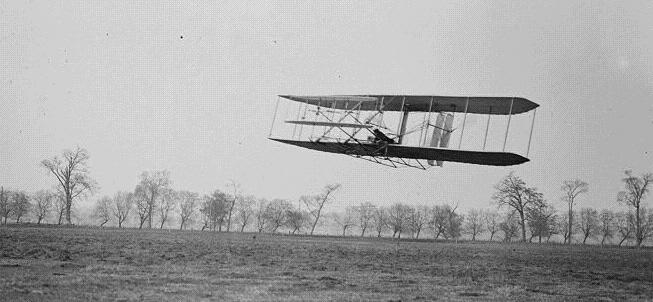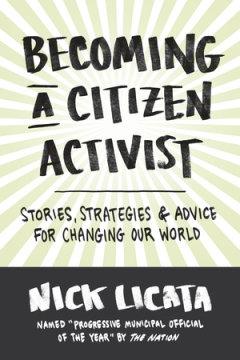The story of the Wright Brothers sounds like something out of a fairy tale. Against the odds, two brothers embark on a journey to make the dream of human flight come true. In David McCullough’s new book “The Wright Brothers,” the mystery is stripped away and we see the brothers for who they really are: two boys from Ohio.
The brothers were almost evenly matched—both endowed with a sense of humor, an endless supply of humility, and a familial bond that would rival Venus and Serena’s. Little brother Orville, with his fashionable wardrobe and cheerful disposition, was perhaps the more charismatic of the two. But both were undoubtedly smart.
McCullough ensures that his readers follow Wilbur and Orville every step of the way.






